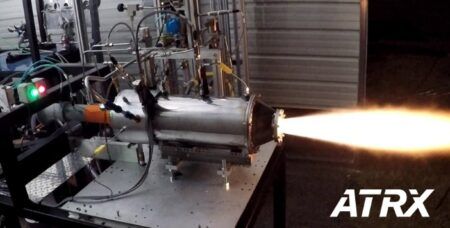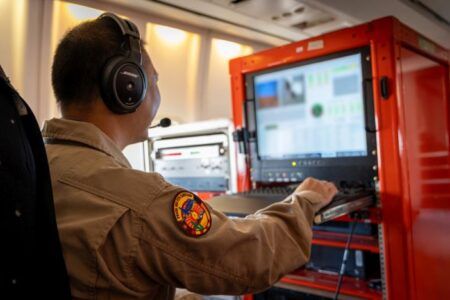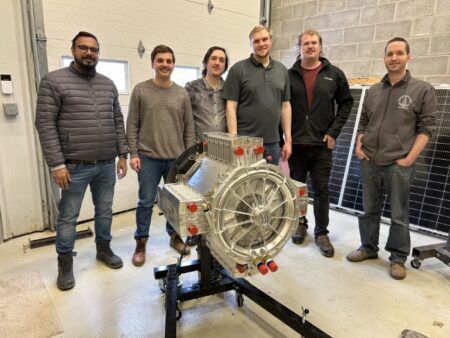Pratt & Whitney announced on May 31 the successful completion of performance testing of its Fuel Burn Reduction Demonstrator Engine. Based on this success, the company can now offer a Growth Option 1.0 upgrade configuration for the F135 engine, which powers the fifth generation F-35 Lightning II fighter aircraft. The engine testing, conducted at Pratt & Whitney’s West Palm Beach, Florida, facility, verified this upgrade can provide a 5% to 6% fuel burn improvement and a 6% to 10% thrust increase across the F-35 flight envelope.
While the current production F135 engine meets today’s performance requirements, an F135 propulsion upgrade would enable future capability improvements associated with the F-35 weapon system’s block upgrade program. Pratt & Whitney has been working through the Navy-sponsored F135 Fuel Burn Reduction (FBR) and Air Force-sponsored Component and Engine Structural Assessment Research (CAESAR) technology maturation programs to develop a suite of compressor and turbine technologies, which can be used to enhance the performance of the F135 engine by decreasing fuel burn, increasing thrust, and improving hot section durability.
The Growth Option 1.0 configuration is compatible with all three variants of the F-35 and limits hardware changes for the upgrade to just the F135 power module (compressor, combustor, turbine). Growth Option 1.0 hardware can also be seamlessly inserted into future production engines at a minimal increase in unit cost and no impact to delivery schedule. Should the customer desire, the redesigned internal components of the power module could bring the same benefits to fielded F135 engines by performing a power module change. Internal hardware upgrades for fielded engines would be accomplished during routine engine overhauls. The Growth Option 1.0 configuration is fully compatible with existing F135 global support sustainment infrastructure, mitigating significant investment in new facilities, processes, training or equipment.
June 7, 2017




